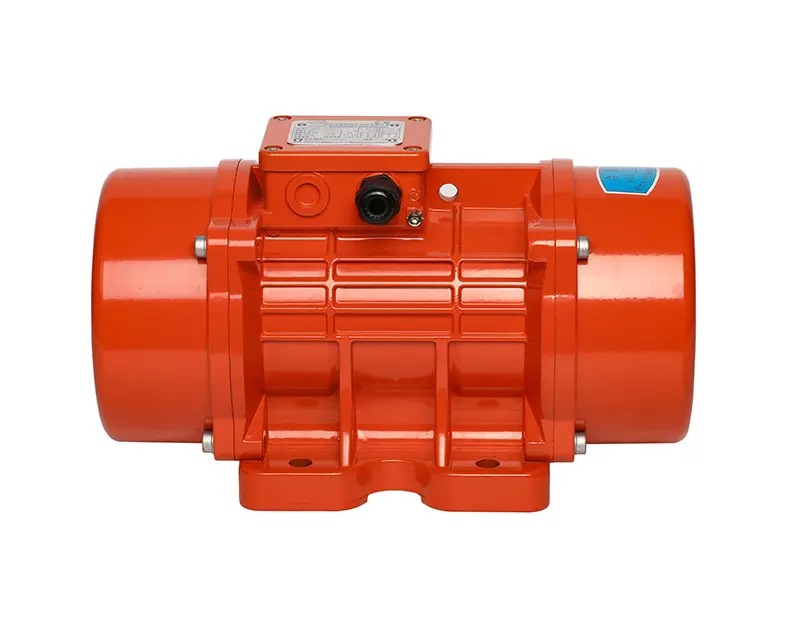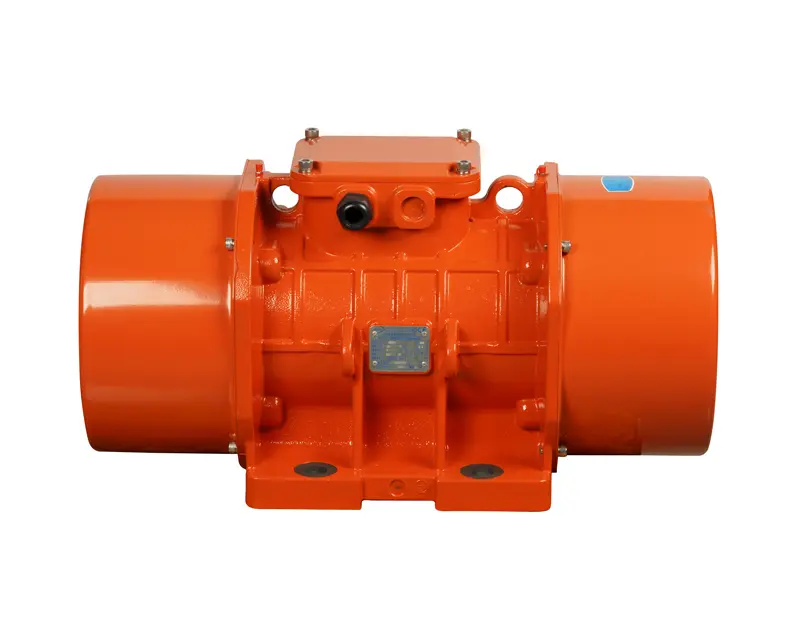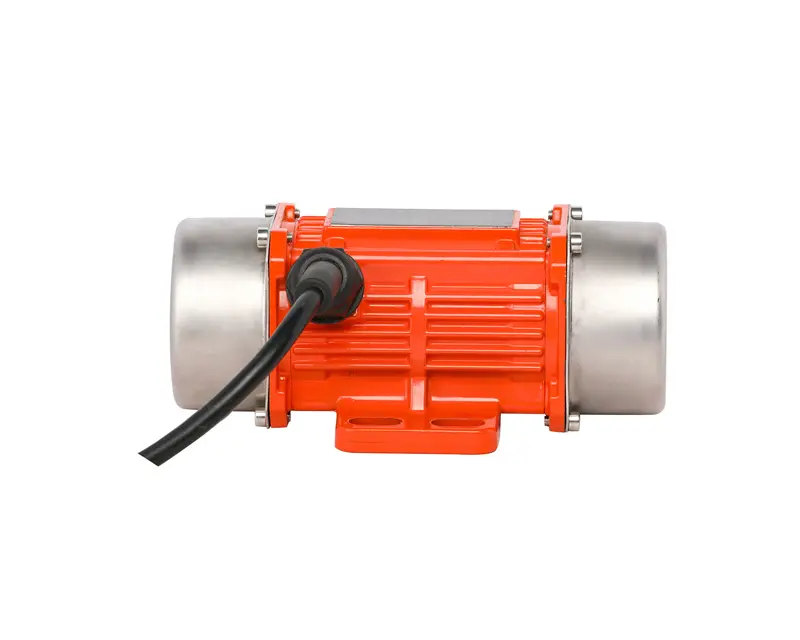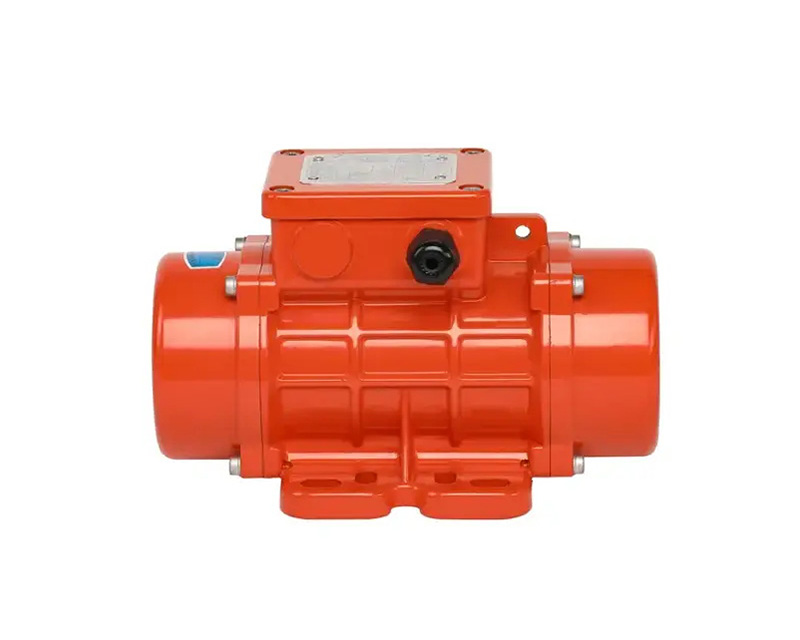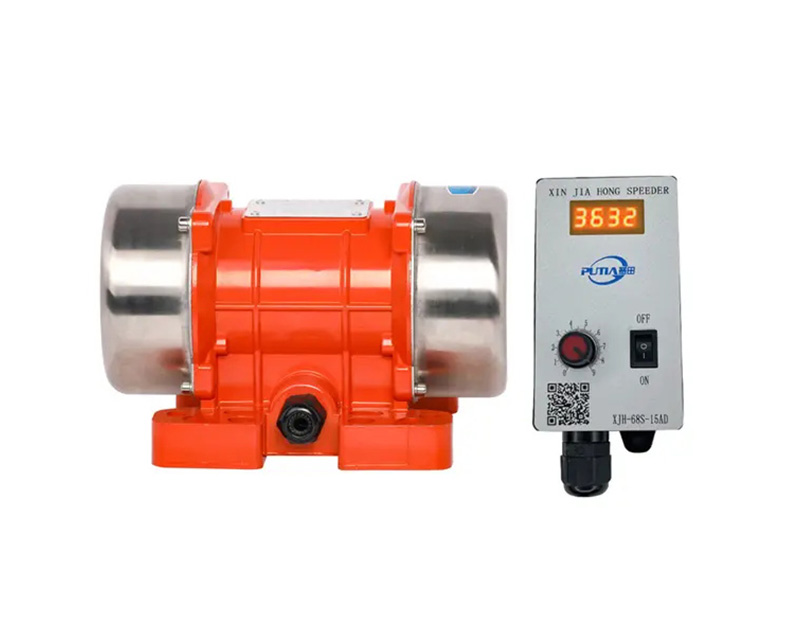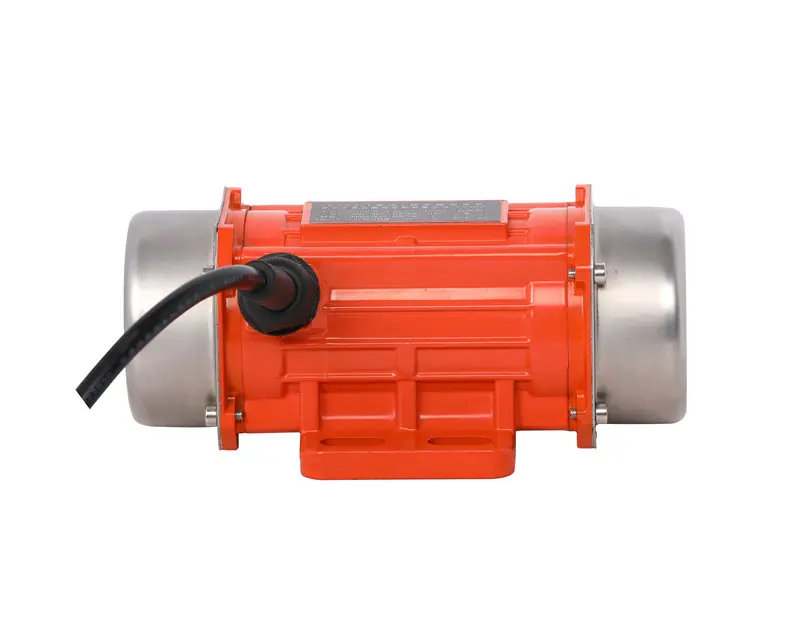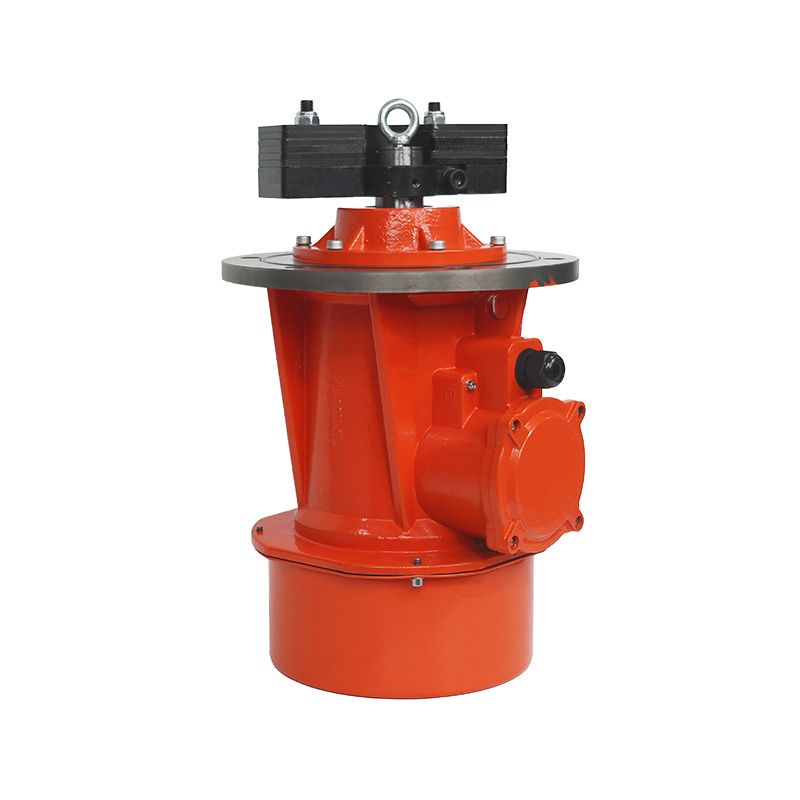Driving Productivity: Evolution And Advancements In DC And AC Motors
 Apr-11-2024
Apr-11-2024
 Industry News
Industry News
Standard DC motors and industrial AC motors are two commonly used types of electric motors in various applications across industries. While both types serve the purpose of converting electrical energy into mechanical energy, they have distinct characteristics and are suitable for different scenarios.
Standard DC motors, powered by direct current (DC), are known for their simplicity and versatility. These motors consist of a rotor, a stator, and a commutator, which allows for the reversal of current flow and thus the rotation of the motor. DC motors are widely used in applications where speed control and precise positioning are essential, such as robotics, conveyor systems, and automotive applications.
On the other hand, industrial AC motors operate on alternating current (AC) and are commonly used in heavy-duty industrial environments. These motors come in various types, including induction motors, synchronous motors, and brushed or brushless AC motors. Industrial AC motors are favored for their robustness, reliability, and high torque capabilities, making them suitable for demanding applications such as pumps, compressors, fans, and machinery.
One of the key differences between standard DC motors and industrial AC motors lies in their speed control methods. While DC motors offer straightforward speed control through voltage adjustment or pulse-width modulation (PWM), AC motors typically rely on external devices such as variable frequency drives (VFDs) to control speed and torque.
Another distinguishing factor is the power supply requirements. DC motors require a stable DC power source, while AC motors operate on the standard AC power grid, making them more convenient for industrial settings.
In terms of efficiency, both types of motors have their advantages. DC motors are known for their high starting torque and efficiency at low speeds, making them ideal for applications that require frequent starts and stops. On the other hand, industrial AC motors are known for their overall energy efficiency and ability to maintain consistent performance over a wide range of operating conditions.
When selecting between standard DC motors and industrial AC motors for a specific application, factors such as torque requirements, speed control needs, power supply availability, and environmental conditions must be taken into consideration. Additionally, considering the lifecycle cost, maintenance requirements, and long-term reliability of the motor is essential for making an informed decision.
In conclusion, both standard DC motors and industrial AC motors play crucial roles in powering various industrial and commercial equipment. Understanding their differences and selecting the appropriate motor type based on the specific requirements of the application is essential for achieving ideal performance and efficiency. Whether it's for precision control in robotics or heavy-duty operation in industrial machinery, choosing the right motor is key to success in any application.
In addition to their core functionality, advancements in motor technology have led to the development of specialized features to meet specific industry needs. For example, both standard DC motors and industrial AC motors can be equipped with encoders for precise position feedback, improving accuracy in motion control applications. Furthermore, advancements in materials and manufacturing processes have led to the production of more efficient and durable motor components, extending the lifespan of these motors and reducing maintenance requirements.
Moreover, the integration of smart technologies, such as Internet of Things (IoT) connectivity and predictive maintenance algorithms, has revolutionized motor monitoring and management. These features enable proactive maintenance scheduling and real-time performance monitoring, less downtime, and optimizing operational efficiency.
In conclusion, standard DC motors and industrial AC motors continue to evolve to meet the ever-changing demands of modern industries. By leveraging technological advancements and innovative solutions, these motors play a vital role in driving productivity, efficiency, and sustainability across a wide range of applications.


 English
English русский
русский Português
Português عربى
عربى فارسی
فارسی
